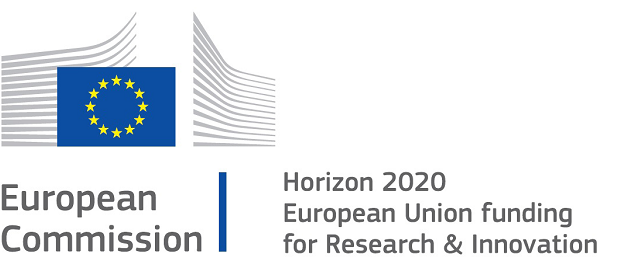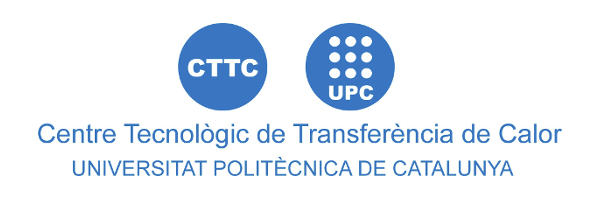CALL: H2020-CS2-CFP11-2020-01
PROJECT Improved ejector models for higher-performance engines
Description
Ejectors (jet pumps) convert the pressure energy of a fluid/stream into kinetic energy to entrain and compress a lower pressure fluid/stream via a mixing process between both streams. The first goal of the EU-funded EJEMOD project is to set up and run steady-state and transient experiments and computational fluid dynamics simulations of different ejector geometries. Based on the generated data, the second goal is the development and validation of new 0D/1D on the Dymola platform – a commercial modelling and simulation environment based on the open Modelica modelling language. Steady-state models will describe on-design and off-design modes thermal performance. Transient models will be used to optimize the system control, through the analysis of the transitions between two operating points or during transitions towards abnormal functioning. Surrogate modelling methodologies based on deep learning will also be used as a complementary approach. Such robust 0D/1D models covering the full operating envelope will allow future optimization of the ejector implementation in the aircraft bleed-air system, thus improving the net performance of the engine.

Objective
EJEMOD project focuses on the study of the physics and operation of new ejector prototypes proposed by the Topic Manager. The main objective of the project is to acquire knowledge on the functioning of these jet pumps, both in their steady (on and off-design modes) and transient behaviour (transition between operating points after a (sudden) change of boundary conditions). The wide working range analysed and the focus on the transitional phases will serve to acquire knowledge and transfer it into accurate and robust Dymola libraries, applicable (for various purposes) to the modelling of ejector devices whose function may also be different to those previously described. Hence, the specific objectives of EJEMOD are the following:
• Perform a CFD analysis of the proposed ejectors, studying all the on-design and off-design modes indicated by the Topic Manager. The analysis will be performed by means of steady-state simulations (WP 1.1) covering on-design (double-choked) and off-design (single-choked or unchoked, malfunction) operation. Moreover, a transient model will be employed to analyse in detail transitions between two operating points (WP 2.1). Both steady-state and transient CFD models will be validated by comparison with experimental results.
• Perform an experimental characterization of the ejectors, following a design of experiments (DoE) approach which covers the operational envelope indicated by the Topic Manager. Testing will be carried out in static conditions (WP 2.1), by setting primary and secondary pressure and temperatures, as well as back-pressure and in time-varying conditions (WP 2.2), by setting time-dependent functions for primary, secondary and back-pressures.
• Development and validation of 0D-1D numerical models on the Dymola platform for the simulation of ejectors, to be used in both static (Development WP 1.3, Validation WP 3.1) and dynamic scenarios (Development WP 2.3, Validation WP 3.2). Surrogate modelling methodologies based on deep learning will be assessed as well.













